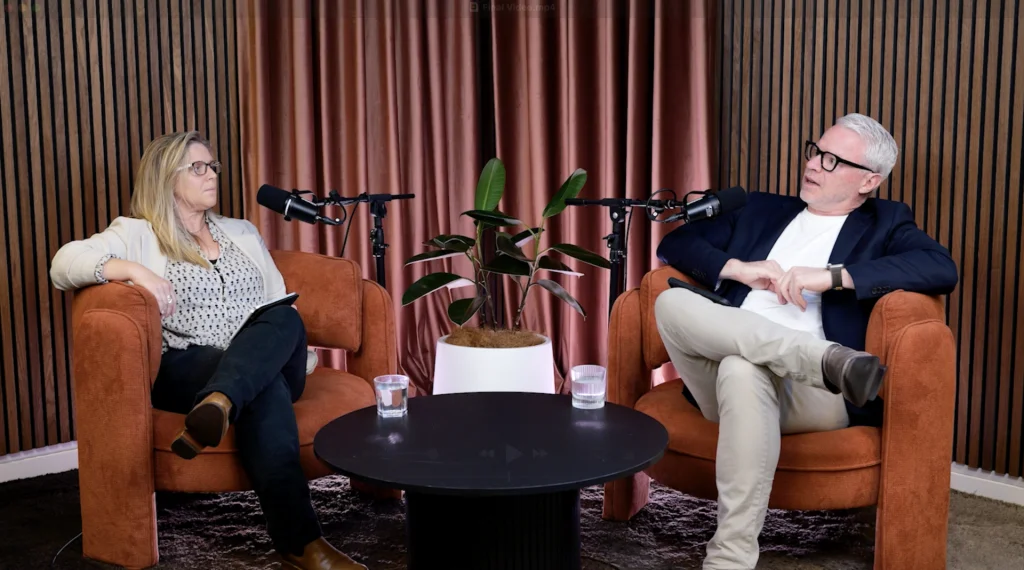Anisha Samanta recently sat down with Matt Bell, markets reporter at the Australian Financial Review, to get a behind-the-scenes look at how he approaches the daily news cycle, and to hear his honest take on how PR professionals can better engage with finance journalists.
Matt, thanks for joining us. Can you start by introducing yourself?
Sure. I’m Matt Bell, and I currently work at the Australian Financial Review on the Markets Live blog. I cover daily market movements, corporate announcements, and anything else that moves the needle. Before this, I spent about four years at The Australian and eight years at News Corp overall, covering a broad range of financial and business topics.
What does a typical day look like for you at the AFR?
At the AFR, I’m focused solely on markets, so anything that moves the share market, whether it’s inflation data, jobs figures, or corporate earnings. It is very different to my previous role at The Australian where what I covered could have been completely different day to day. The biggest difference is that I’m now the primary person running the live blog. It’s rolling coverage, so it’s all about reacting to what’s happening on the ASX and getting analyst commentary out quickly. Like all newsrooms nowadays it is digital first so gone are the days where you had all day to sit around and get a comment. Now we have to be much more agile.
How do you build and maintain a good network of sources?
It’s a mix. Sometimes people reach out with comments, and other times I go to people I know. Right now, it’s still early days in this role, so I’m relying a lot on contacts I’ve worked with before, or people my team already trusts. You tend to build relationships over time, especially with names that carry weight, commentators or analysts who are credible and responsive.
For something like the CPI release, how much do you prepare in advance?
A little. We might have a few lines pre-written, but for the most part, we’re reacting live. We publish a post bang on release time and then start layering in commentary, including what the dollar’s doing, how markets are reacting, and what analysts are saying. People often email their takes pretty quickly. It’s a real-time process, and you can’t prepare everything in advance.
From your perspective, what can PR professionals do better when engaging with financial journalists?
The biggest thing is knowing your audience. A lot of pitches I get aren’t relevant to my beat, or that wouldn’t resonate with a national business audience.
Also, have your spokesperson ready. If I’m interested in something and the spokesperson isn’t available that day, I’ll likely move on. Timing matters. If you know the CEO is only free on Thursday, don’t pitch the story on Wednesday.
What’s your take on phone interviews versus long briefings?
For a quick quote or market reaction, I much prefer a phone call. No need to book a boardroom or schedule a formal meeting. Especially on busy days, that level of convenience is gold. If it’s a longer-form piece, sure, a more in-depth chat works, but if it’s just one or two quotes, let’s keep it simple.
What makes a PR pitch stand out in your inbox?
It helps if everything I need is included, including a bit of background, the spokesperson’s availability, maybe a couple of solid quotes to give a sense of the story’s tone. A headshot alone isn’t compelling, but imagery that shows a bit more personality, like someone in a boardroom or doing something relevant, is much better.
Also, don’t bury the lead. Sometimes the real story is hidden halfway through a release. And make sure the quotes are usable, not just corporate-speak or a list of figures. Strong, clear quotes make a difference.
How do you feel about follow-ups from PRs? Helpful or annoying?
It depends. If it’s a genuinely newsworthy pitch that I might’ve missed, then sure, a follow-up the next day can help. However, calling right after you send an email asking if I’ve read it? That’s usually too soon. Give it a day or two. I always figure if I’m interested, I’ll get back to you if I am interested, but a well-timed follow-up isn’t a bad thing.
Any final thoughts on how PR can help journalists like you craft better stories?
Get the basics right, relevant angles, quick access to strong spokespeople, usable quotes, and clean background material. If I can get everything I need quickly, I’m much more likely to run with the story. And remember, timing is everything. A good story that comes too late is no story at all.





